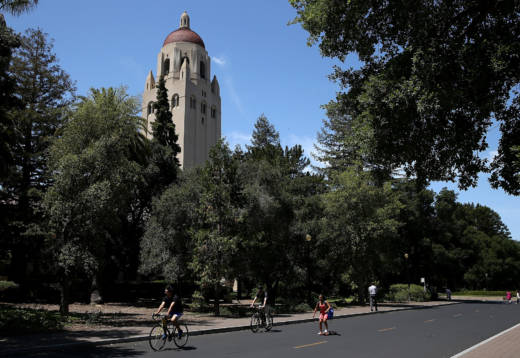More than 800 of California's poorest neighborhoods could see new development thanks to tax breaks included in last year's federal tax bill.
A little-noted provision of the federal tax overhaul passed in December allows investors to avoid paying taxes on all or part of their capital gains from investments in areas designated as "opportunity zones." The goal is to spur development in areas that have traditionally been overlooked, though some critics worry it could turn into windfall for developers in gentrifying neighborhoods.
Gov. Jerry Brown can recommend up to a quarter of California's high-poverty census tracts as places where developers are eligible for the breaks if they invest in housing, business parks, retail stores or other developments. On Friday he recommended mostly urban neighborhoods, particularly around Los Angeles County and the Inland Empire, but also included portions of 54 of the state's 58 counties. (A state Department of Finance map of the eligible and recommended zones is available here.)
The program could help extend the economic boom that has rained prosperity on some areas of California, Panorea Avdis, director of the Governor's Office of Business and Economic Development, told reporters in a conference call.
"We know that it hasn't been realized consistently between Northern and Southern California and even between the coastal and inland areas of the state," Avdis said.

